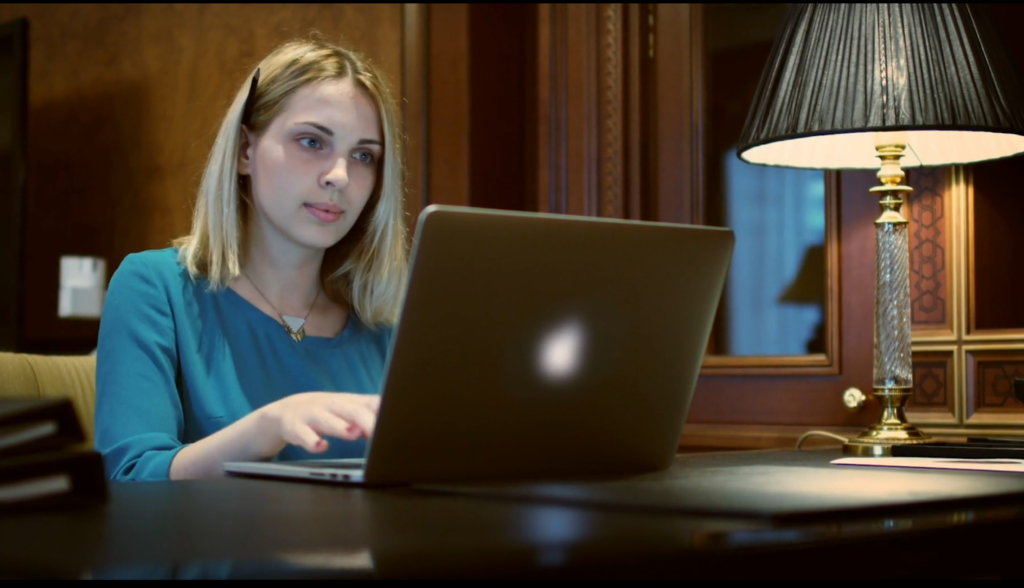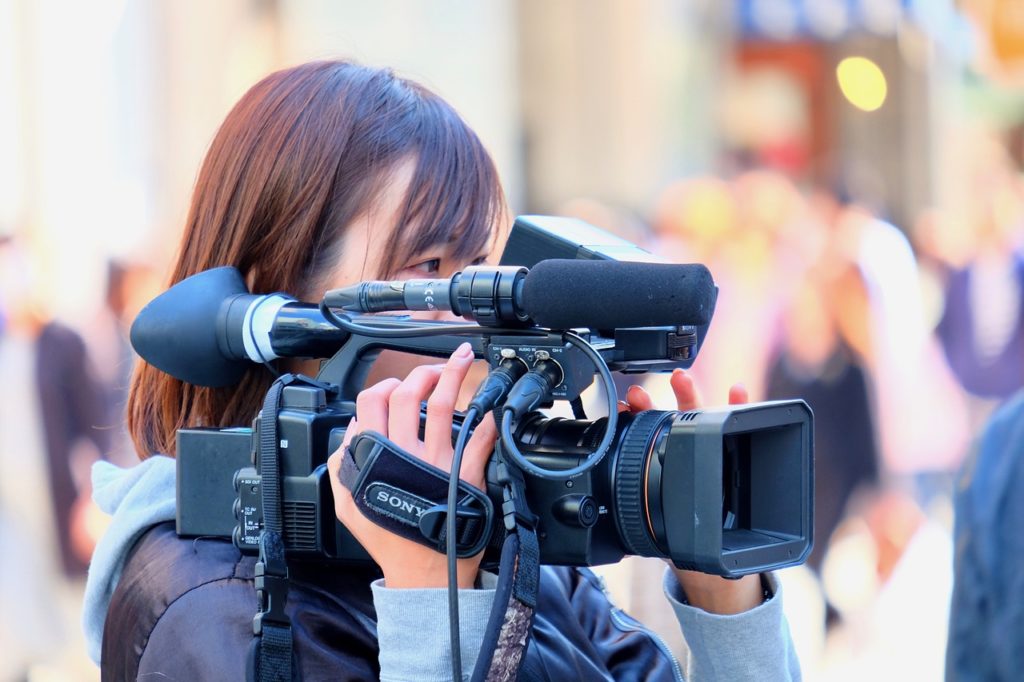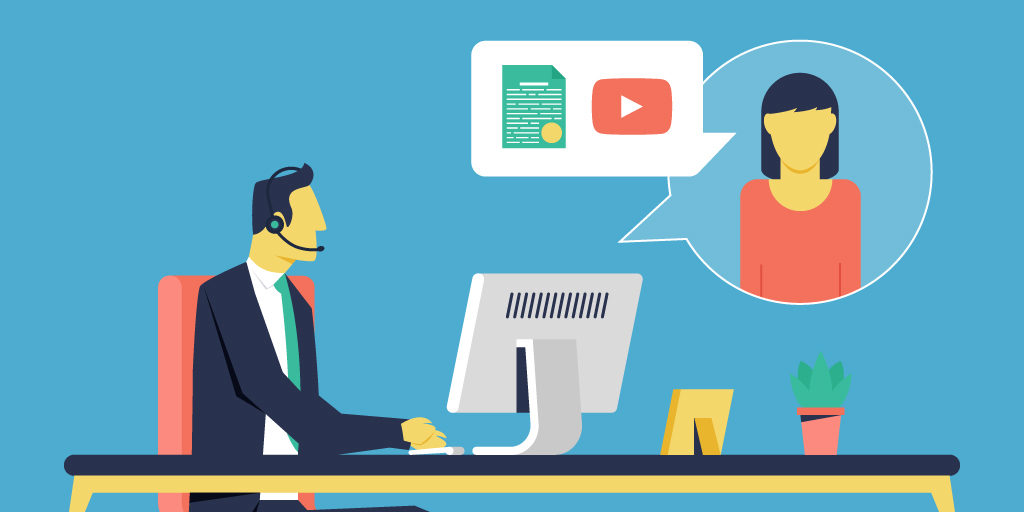The impact of coronavirus means there’s been massive disruption for businesses across the UK in recent months, which means many activities that were planned to go ahead have had to be put on hold, including the creation of high-quality video content.
On-site video shooting has been hard hit during the pandemic, as bringing together the many people needed to film large-scale video content has simply not been possible. That said, with lockdown measures easing, there’s now a growing opportunity for these video creation activities to resume – albeit in a safe, health-conscious and socially-responsible manner.
How to film safely during COVID-19
Reducing exposure to coronavirus when creating a brand video should be a top priority for every business, as doing so will help to reduce the spread of the virus and save lives. Safe practices are therefore essential and there are ways to reduce the risk of transmitting coronavirus while filming, here’s how:
General tips to reduce risk of transmission
Ensure people who can work from home continue to do so, unless there is an essential reason for them to be on site. Limiting the amount of people working on a project in general, will also help to keep people safe.
Restrict the number of workers who are able to access a shoot location or other site at any one time. Restricting other external visitors to a site and carrying out checks on people’s health and wellbeing before they enter a site or location is also important.
Maintaining hygiene and regular disinfection procedures is a must when on location. Appropriate facilities and products should be available throughout the day to enable crew to wash their hands, carry out hand sanitising and disinfect equipment.
Thought should also be given to food and catering in a time when many stores, cafes and restaurants are closed. Have film crews prepare their own food and drink in advance and avoid sharing things like plates, cutlery and mugs during breaks in filming.
Social distancing
It’s important that all crew and cast maintain social distancing wherever possible. To aid this, the following considerations should be kept in mind:
- Give greater time to pre-production and planning. This will result in more efficient operations on the shoot itself. Optimised scheduling and staggering call times will also help to reduce the number of people on set for a product video at any one time.
- Dividing kit and technical equipment between crew before a shoot will help to reduce the need to share equipment on the day. Ideally, each crew member should arrive with all the equipment they need, enabling them to work as independently as possible before leaving with the same equipment.
- It may be possible for some crew or staff to work remotely away from the site, helping facilitate the production in real-time but at a distance.
- Where possible, additional screens and monitors should be set up to allow the director, producer or client to view footage on set without having to approach the camera department.
- When using wireless lapel microphones, they should be fixed in place by the actor/interviewee who will wear them. This will be done under direction from the sound person to assure quality control.
- Any equipment that passes hands should be disinfected and passed on in a contactless way.
PPE
Personal protective equipment (PPE) should only be needed if it’s not possible to control the risk of transmission through other means. As a result, priority should always be given to maintaining social distancing.
In situations where social distancing is not possible, fluid-resistant surgical face masks should be used as a minimum. However, be aware that if the PPE causes the user discomfort, it may encourage people to touch their faces, which can help coronavirus to spread.
Vehicles and travel
Crew and cast may understandably have concerns about reaching shoot locations via public transport due to the close proximity between travellers. Moreover, the extent to which seats will be available and services operating as they did before the crisis remains unclear.
As such, the use of private vehicles is encouraged where possible to allow individuals to effectively socially distance during travel. To further reduce the risk of infection, vehicles should be regularly and thoroughly cleaned (ideally, before and after every trip).
By following these guidelines and remembering the basics of washing your hands, socially distancing where possible and limiting interaction with others, the risk of transmission should be minimised.
Check out our dedicated video production page here!


